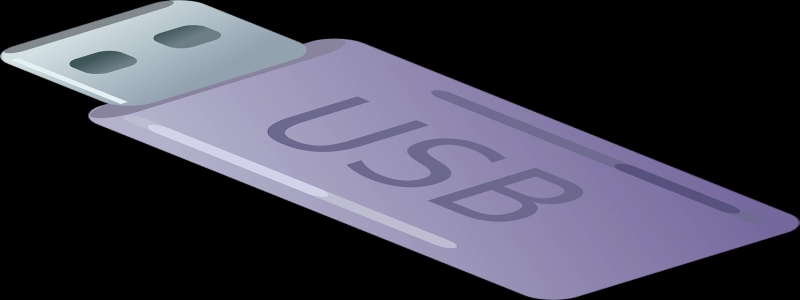Ethernet Dia
Introduction:
Ethernet, also known as IEEE 802.3, is a widely used networking technology for local area networks (LANs). It provides a means to connect multiple devices together, allowing them to communicate and share information. This article will provide a comprehensive overview of Ethernet, its history, components, and advantages.
I. History of Ethernet:
Ethernet was developed by Xerox Corporation’s Palo Alto Research Center (PARC) in the 1970s. The original Ethernet had a data transfer rate of 2.94 Mbps, which was later upgraded to 10 Mbps in the early 1980s. Since then, Ethernet has continually evolved to keep up with the ever-increasing demands of network connectivity.
II. Components of Ethernet:
1. Network Interface Card (NIC):
The NIC is an essential component of Ethernet. It is installed in every device that intends to connect to an Ethernet network. The NIC allows the device to send and receive data packets over the network.
2. Ethernet Cable:
Ethernet cables are used to physically connect devices to the Ethernet network. Common types of Ethernet cables include Category 5 (Cat5), Category 6 (Cat6), and fiber optic cables. These cables ensure reliable and fast data transmission.
3. Switch:
A switch is a networking device that forwards data packets between devices within a LAN. It operates at the Data Link Layer of the OSI model and provides efficient communication between connected devices.
III. Advantages of Ethernet:
1. Speed and Bandwidth:
Ethernet offers high-speed data transfer rates, ranging from 10 Mbps to 100 Gbps. This allows for fast and efficient communication between devices, ensuring quick file transfers and smooth multimedia streaming.
2. Scalability:
Ethernet networks can easily scale up to accommodate growing network requirements. From a small office network to a large enterprise network, Ethernet can handle increased traffic and connect a large number of devices seamlessly.
3. Reliability:
Ethernet networks are known for their reliability and stability. With advanced error-correction techniques, Ethernet can effectively detect and correct transmitted data errors, ensuring accurate and reliable data transmission.
4. Cost-effectiveness:
Ethernet is a cost-effective networking solution. Compared to other networking technologies, Ethernet provides higher bandwidth at a lower cost per unit. This makes it an ideal choice for businesses and organizations looking for efficient networking infrastructure within a budget.
Conclusion:
Ethernet is a versatile and widely adopted networking technology that has revolutionized the way devices communicate and share information. With its history dating back to the 1970s, Ethernet has evolved to become faster, more reliable, and scalable, making it an essential component of modern networking infrastructure. Its advantages, including speed, scalability, reliability, and cost-effectiveness, make it an excellent choice for both small and large-scale networks.








